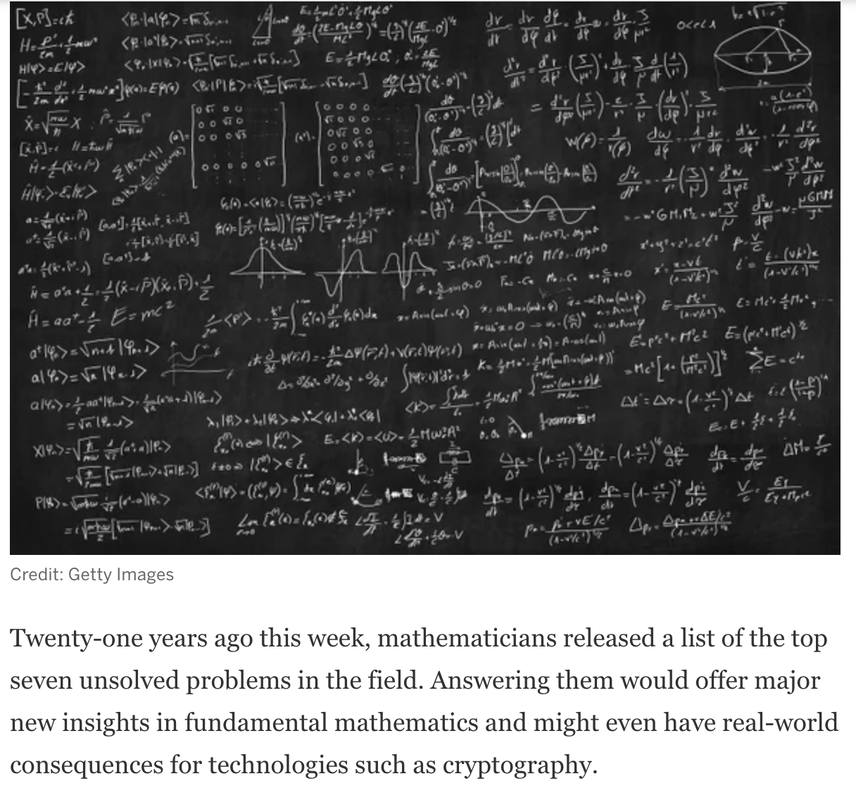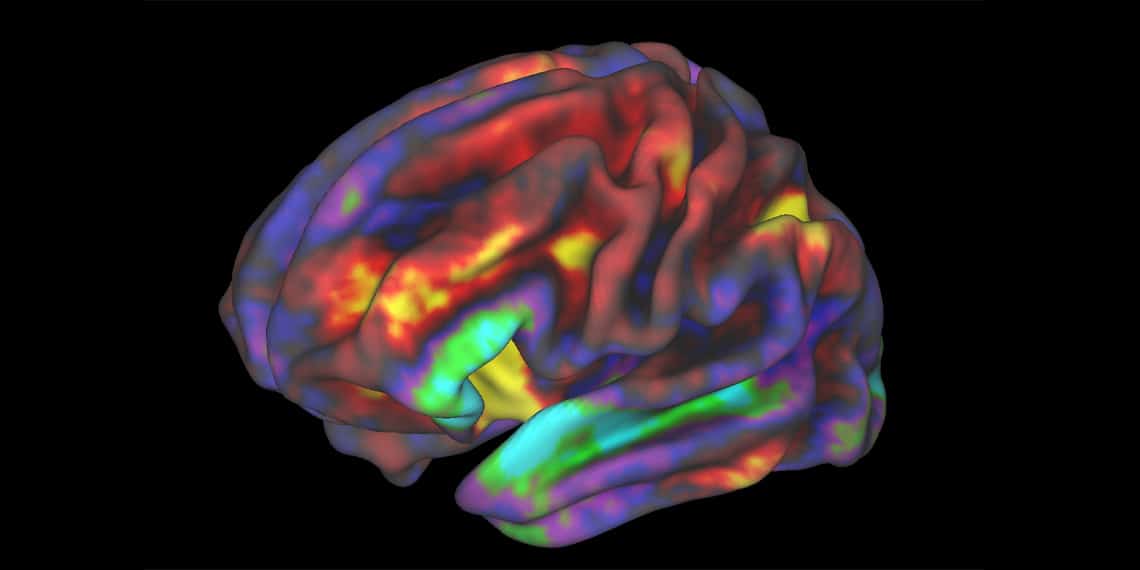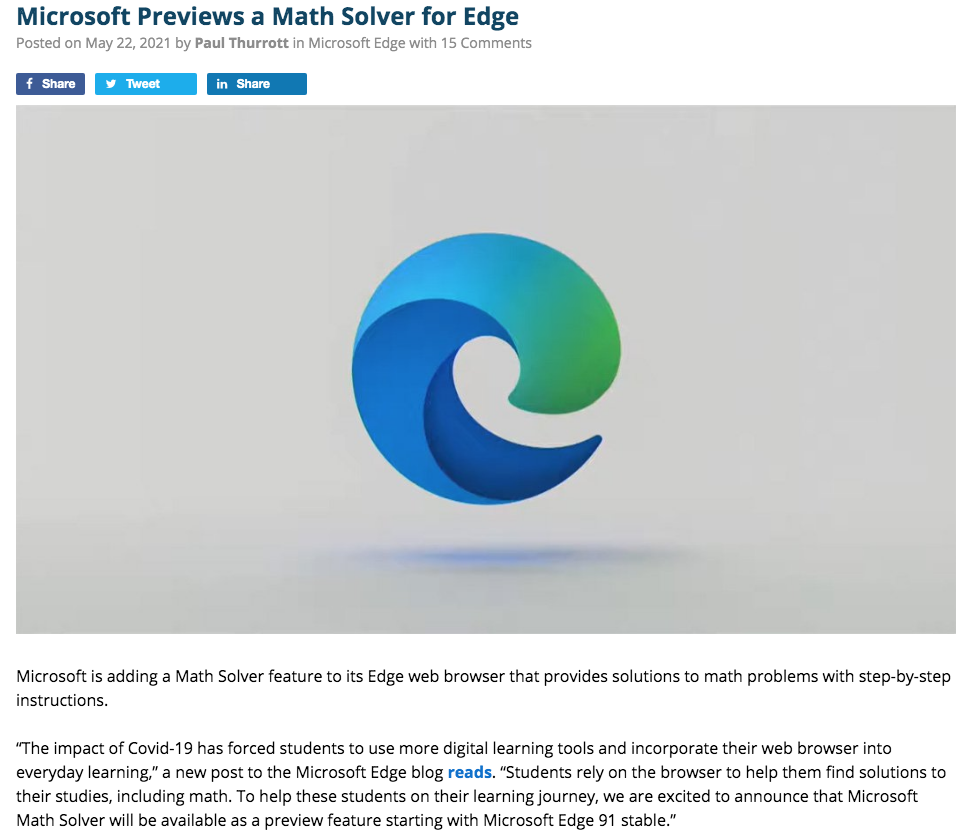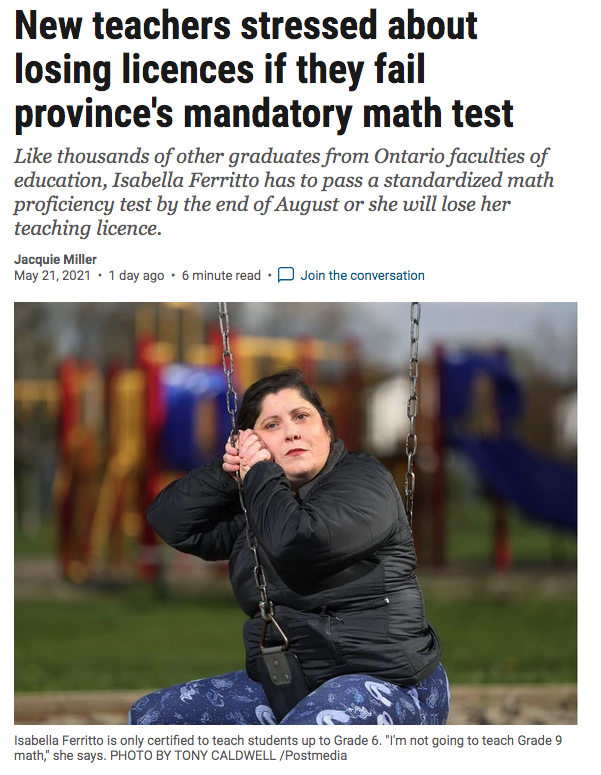Although I only taught Kat a couple of times (PreCalculus 12 and Calculus 12), I found so many things to admire about her. She is an incredible Math student. She is also an amazingly INDEPENDENT student. One gets the sense that she could learn most (all?) of the course material on her own... and she often does! This is less common in Math than other subjects and demonstrates impressive reasoning skills.
Kat is always friendly and has a great sense of humour. She frequently comes EARLY to class (another rare trait) and I always look forward to spending a couple minutes in conversation with her.
One of the most impressive things I ever witnessed Kat do, was after a test she wrote in PreCalculus 12. She was not happy with her mark (it was not BAD but definitely lower than her usual outrageously-high standard). Kat came to see me and asked to do a re-test. I reminded her that retests in my class are only for students who have completed ALL their homework for the chapter (which she had not done). She was obviously upset and expressed her disappointment... with herself. She did not whine. She did not look for excuses (work, other classes, etc). She accepted that I would not allow her to write a re-test and - though obviously disappointed - took responsibility.
For the rest of the year, I think Kat must have ended up with 100% (or VERY close to it) and ended up with an outstanding mark overall. But what impressed me most was not her mark but the way she dealt with disappointment. This is something we can all learn from!
It's been awesome teaching you, Kat. Good luck with Engineering (lots of Math! Yay!); I know you will do great. I wish you nothing but the best in the years ahead. You deserve it! Love ya, Kat!








 RSS Feed
RSS Feed